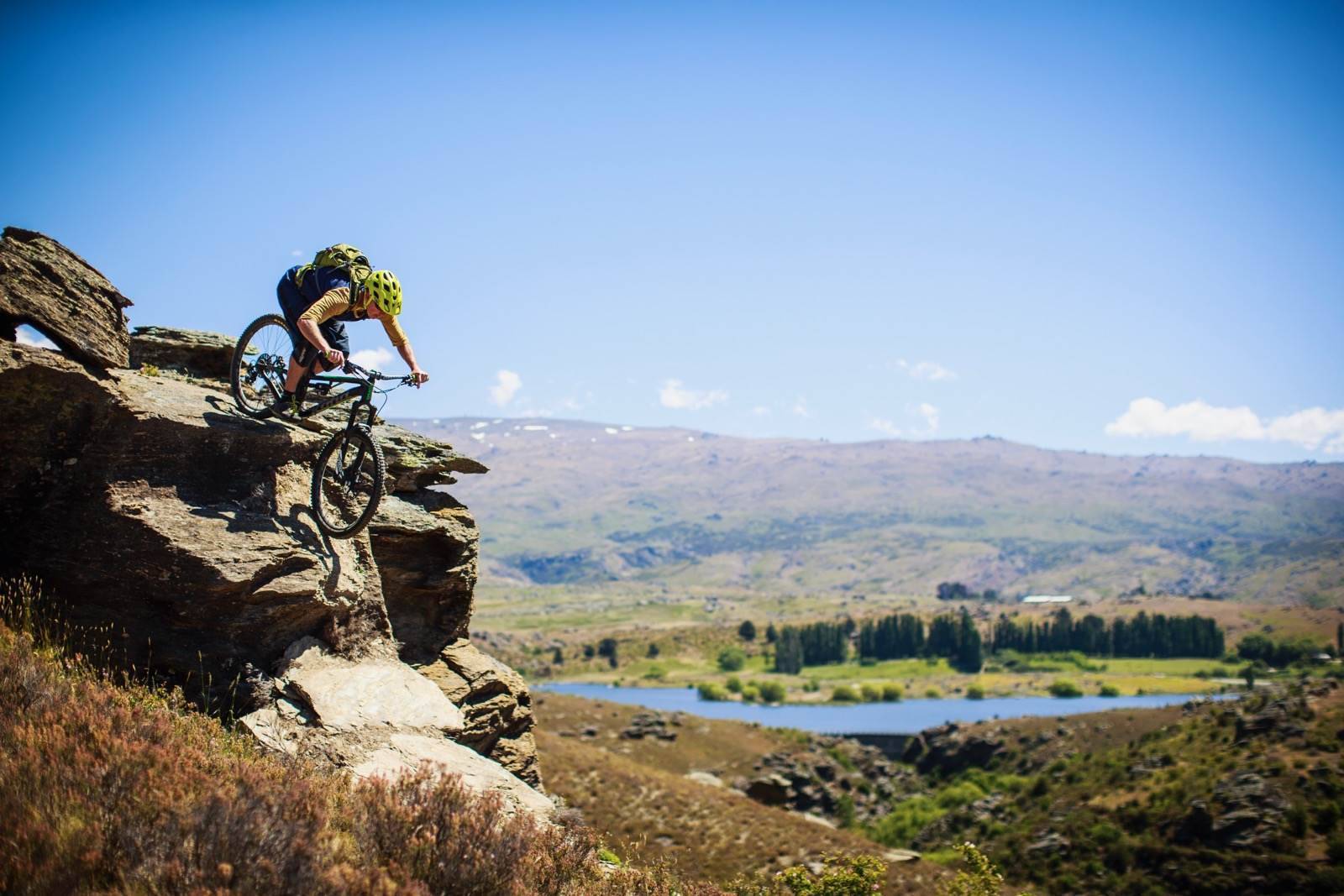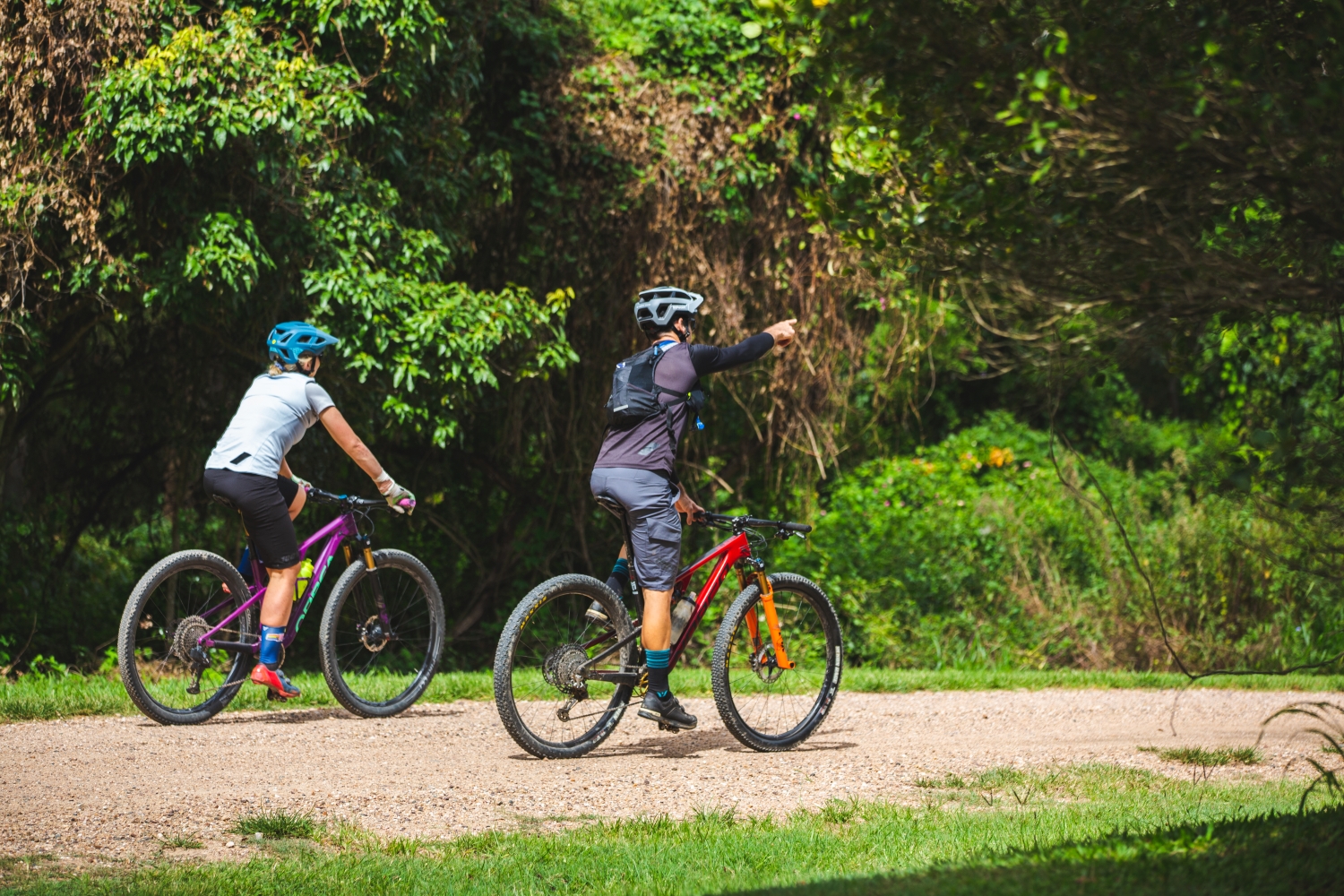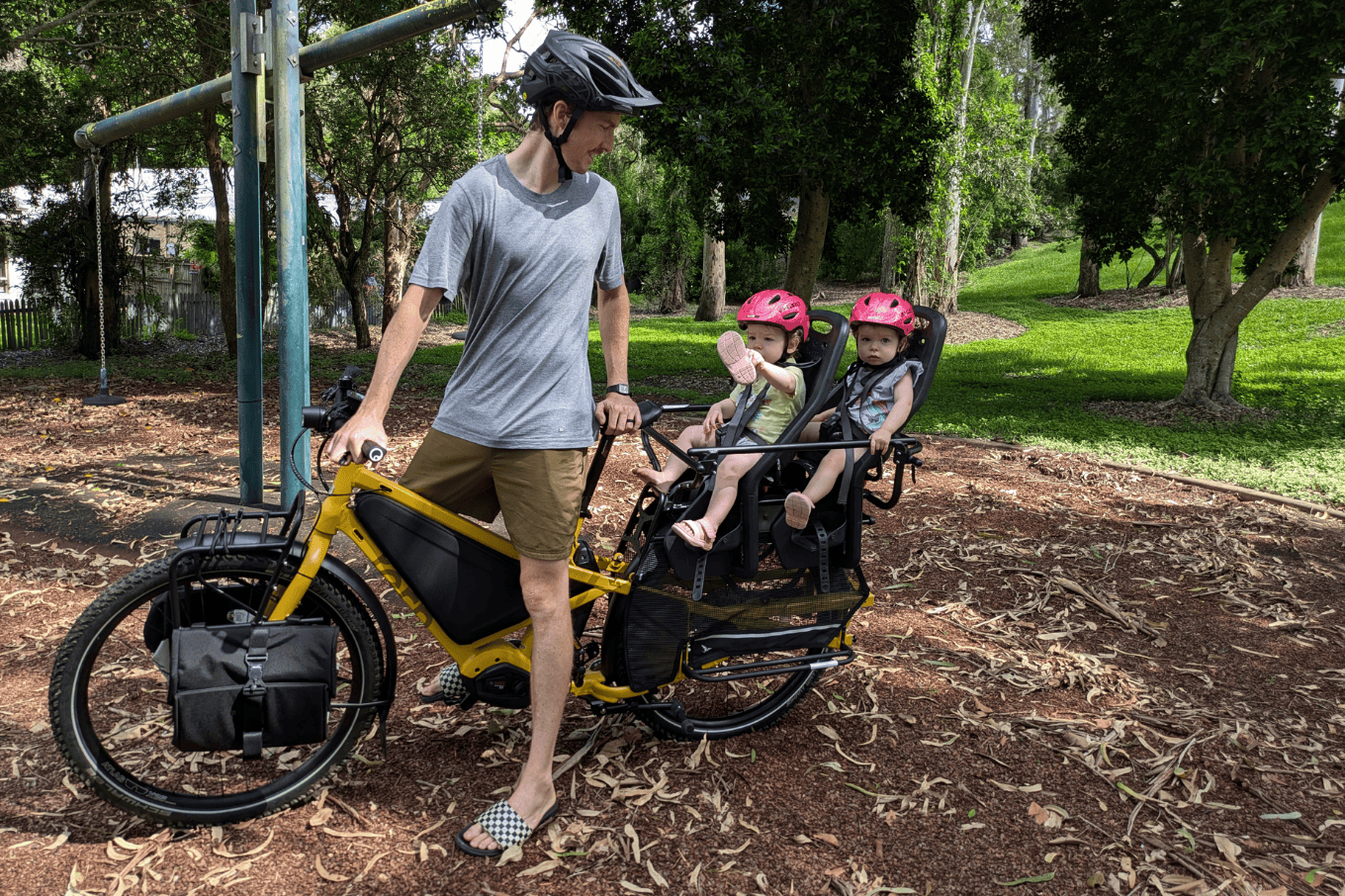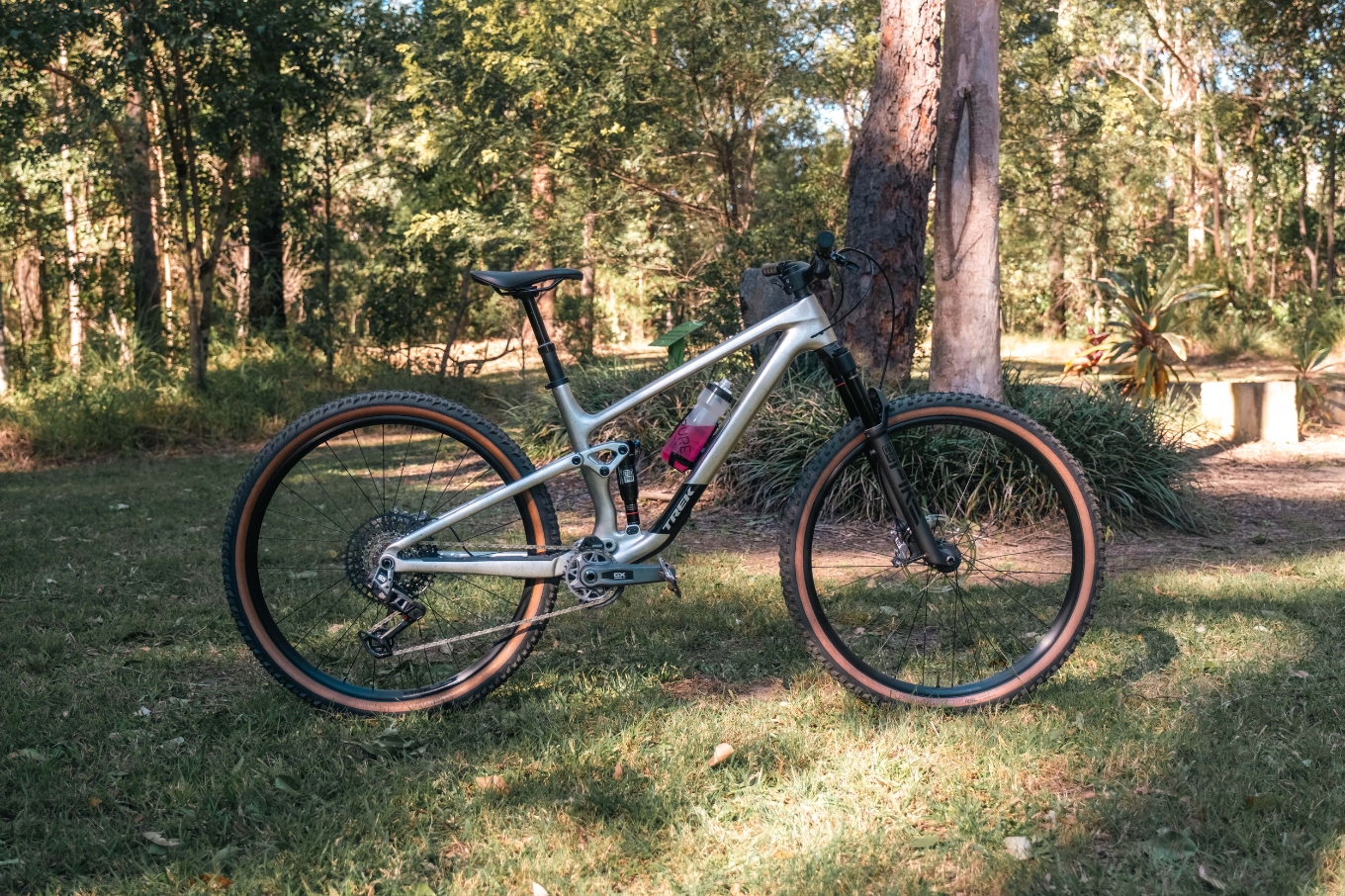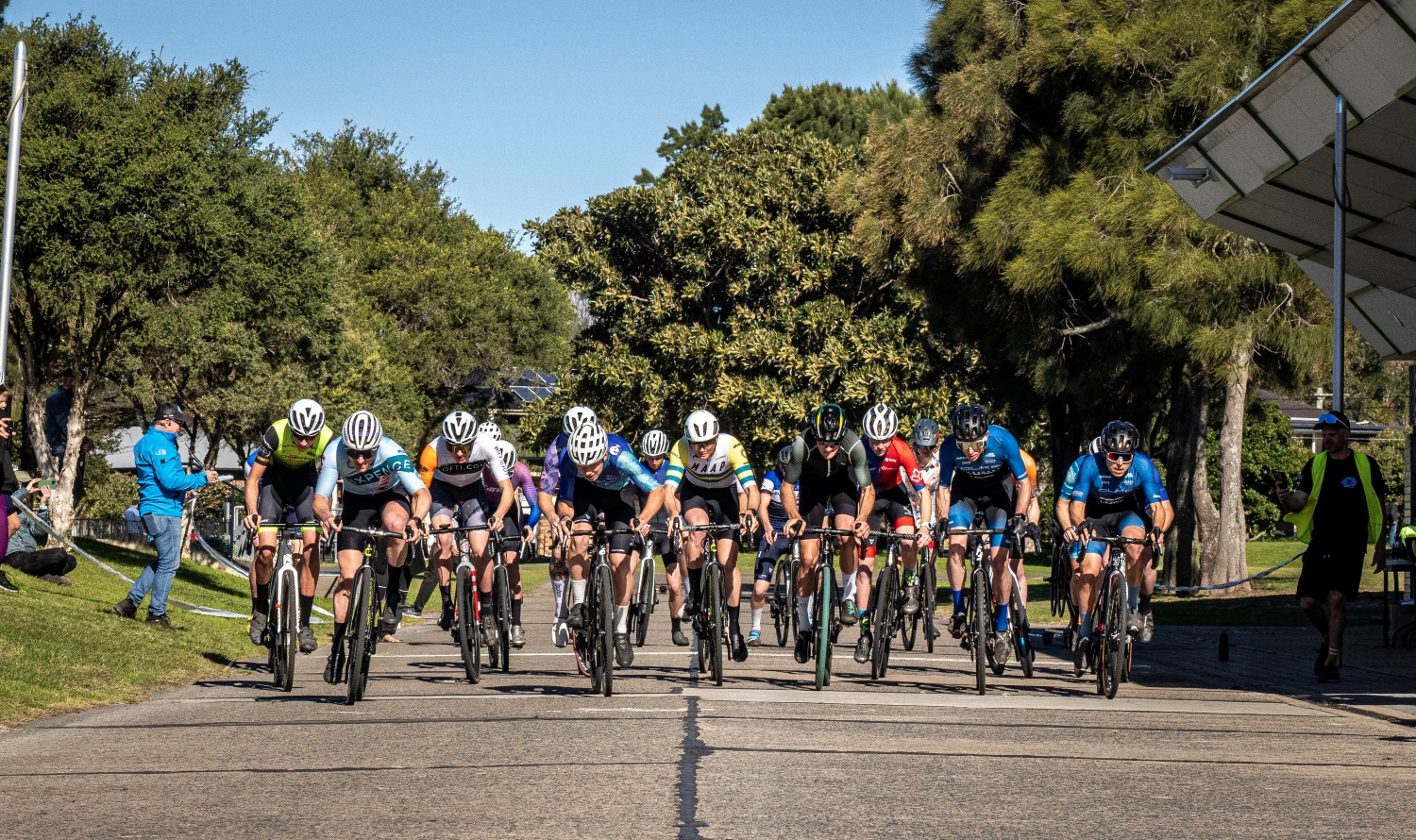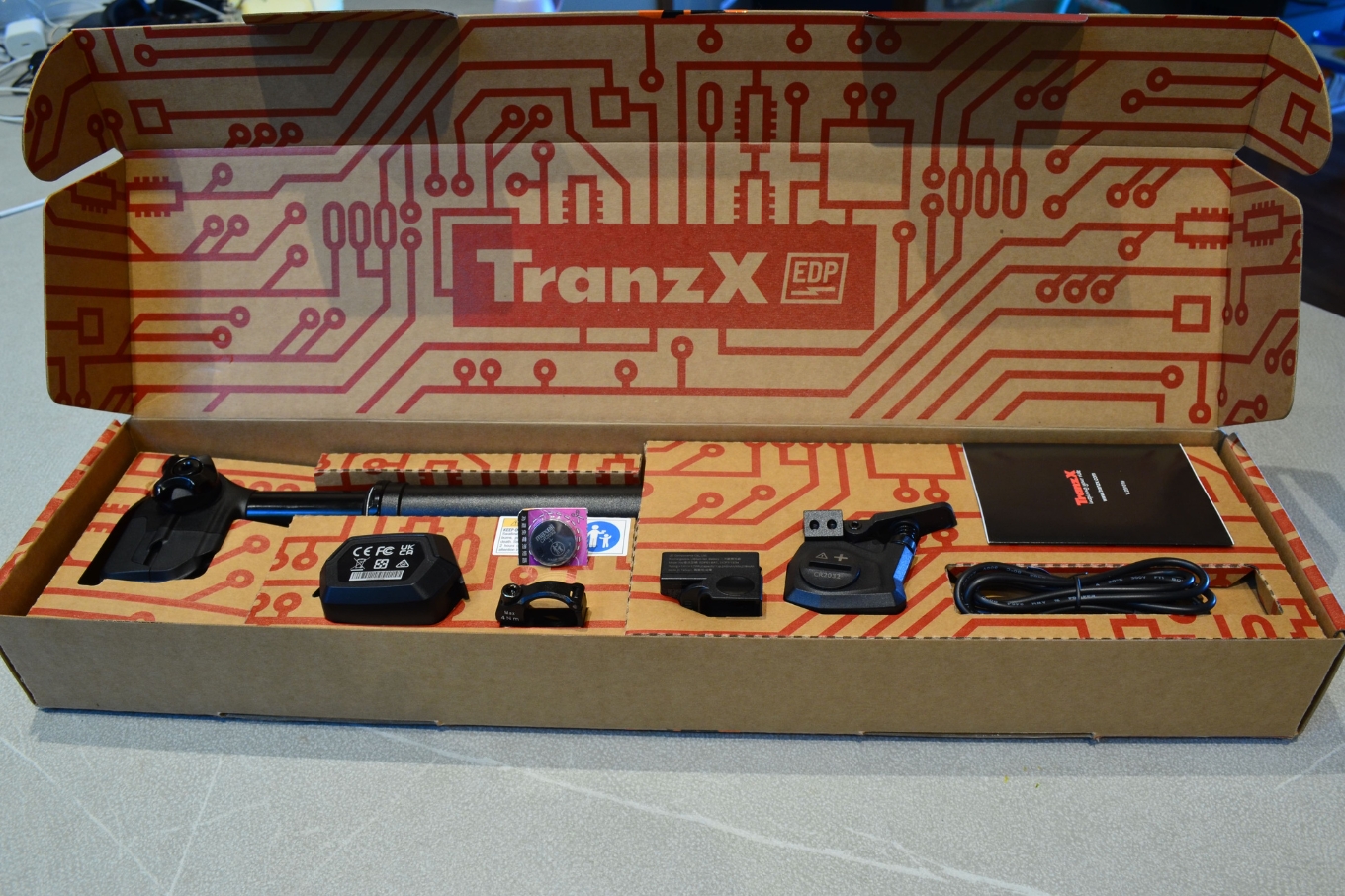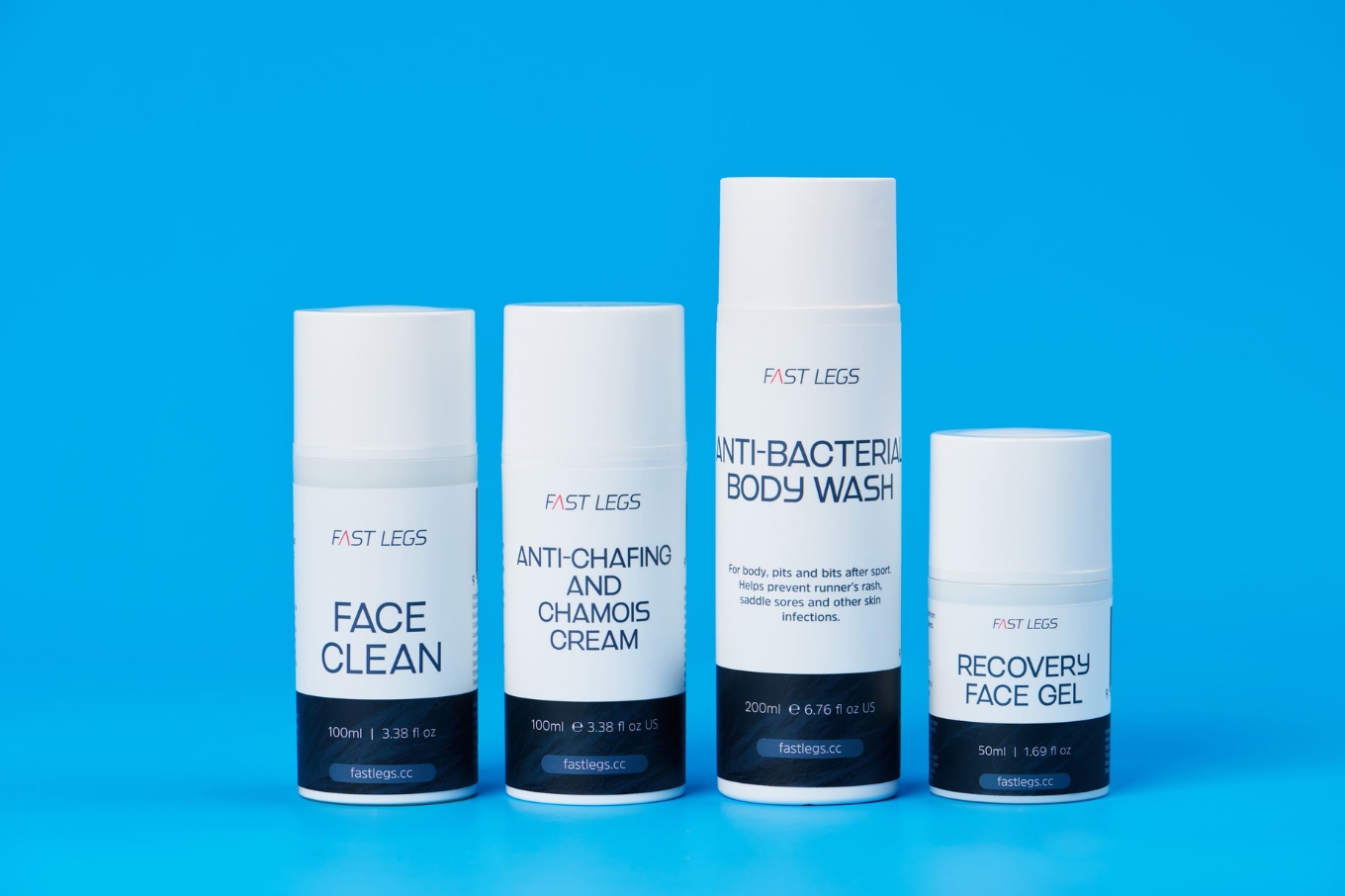Supermarket Sports Food
Here are nine everyday items you can find in any supermarket to fuel your mountain bike ride and recovery.
Words: Zoe Wilson Photo: Tim Bardsley-Smith
Believe you need to spend hundreds on special sports drinks and sports foods like bars or gels? Think again! You can easily fuel your ride and recovery with foods hiding in plain sight in the supermarket for a fraction of the price.
When looking for sports foods you don’t need to look far, you just need to know what you’re looking for. During a long ride (longer than an hour) you should be taking on around 30-60g of carbohydrate per hour and drink enough fluids to stay hydrated. Ideally after a tough ride or when you need to refuel quickly, it’s ideal to eat a combination of carbs and protein (around 50g carbs and 10g protein) within about half an hour of getting off your bike. All of the following foods can help with staying fuelled while on the bike or assist with a speedy recovery.
Bananas
Cheap, abundant, tasty, full of nutrients and exceptionally well packaged in its own case, a banana is a simple and very effective sports food. A large banana will give you around 30 grams of carbohydrates which is perfect for an hour’s worth of riding. Bananas have the added bonus of providing electrolytes like potassium and smaller amounts of sodium which are sweated out during a ride, and as they are low in fat, they are less likely to cause tummy upsets.
Dried fruit
Apricots, dates and sultanas are another natural sports food. Like the banana, dried fruit are easy to find, provide a mix of electrolytes and are high in carbs so you get the energy you need to fuel your legs. Four dried apricots, three pitted dates or a mini box of sultanas (yes, the ones you used to get in your lunchbox at school) will give you around 15-20g of carbohydrate. Just be careful not to overdo it and mix up your choices with a few other options as dried fruit is notorious for making you need to stop at a loo!
Muesli bars
In its simplest form, oats, dried fruit and some honey is a great sports food, providing some good slow burning carbohydrates to keep you satisfied and mix it up when you’re on a long ride. Depending on the bar you choose, the carbohydrate content will vary so check the ‘per serve’ column on the nutrition information panel so you know how much you’re eating compared to the 30-60g per hour recommendation. Although not directly related to training, oats also contain a specific type of fibre that helps to lower cholesterol and helps with digestion. In the supermarket, choose a bar that has minimal ingredients in the ingredients list. Even better is if you can make your own so you know what goes in.
Red frogs
Almost entirely made of sugar, red frogs and other jelly-type sweets will act in a similar way to gels but taste a lot better than most! The only difference here is that gels will often contain a mix of fructose and glucose to help with absorption and tolerance. As frogs are only made with glucose, you won’t be able to eat as much carbohydrate from them as you would with a gel – counteract this by mixing up the types of foods you’re eating and drinking.
Rice
This one requires a little preparation but making rice “bars” is an excellent option for the jersey pocket. You can make them sweet or savoury to give your taste buds a break on a long ride, and often recipes are gluten free for those who need it. Flavours like bacon and egg, chocolate or blueberry are popular options. The best recipe is from Allen Lim of Skratch Labs, a professional cycling team coach and chef (just search for his rice cake recipe online).
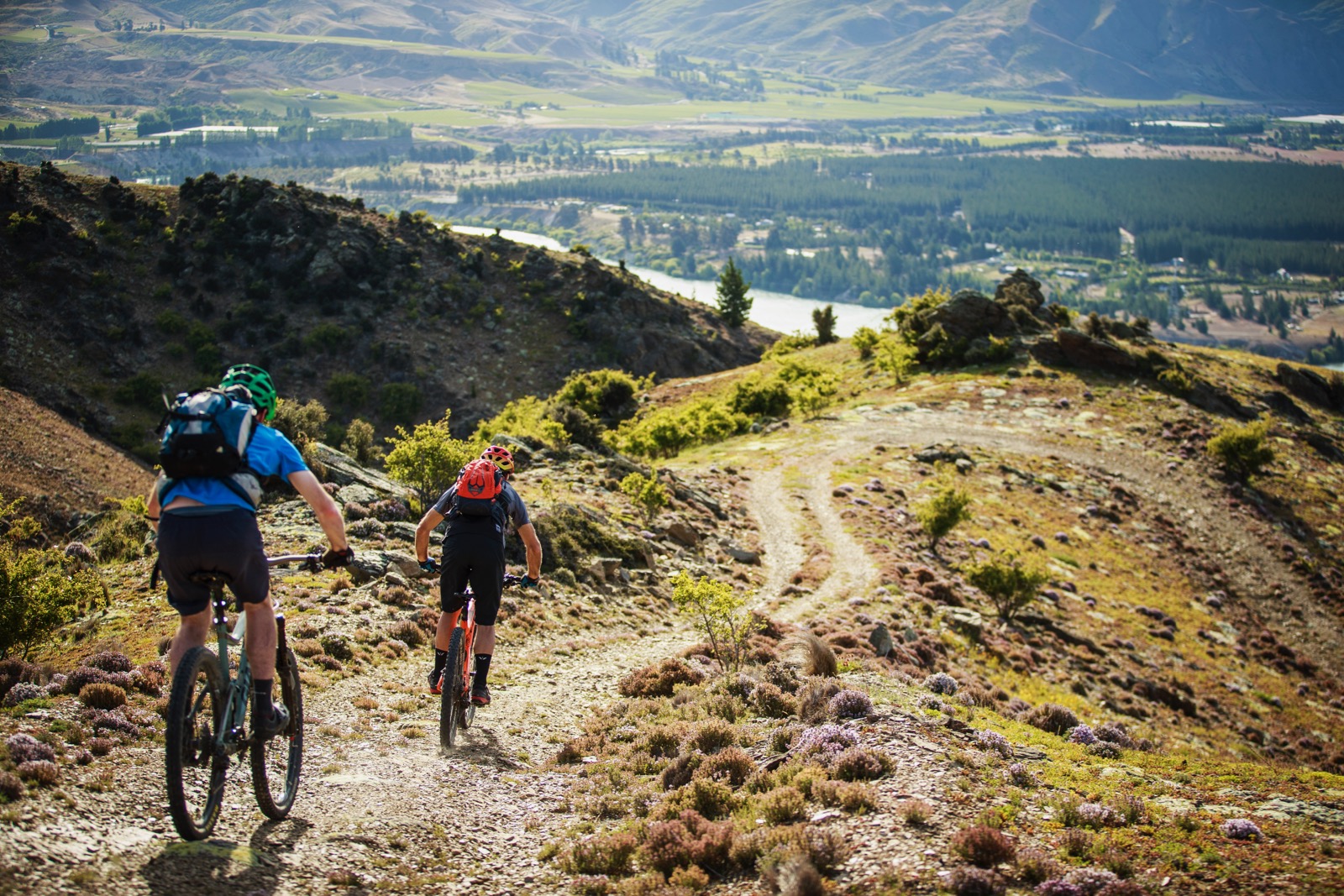
Coconut Water
If you don’t tolerate sports drinks well then coconut water may be an alternative option for you. Be aware though that it’s lower in carbohydrate and sodium so it may take a little playing with to see if it works for you. After a ride, coconut water can be a good option for rehydration with a less sweet flavour than other sports drinks.
Rehydration sachets
Very similar to sports drinks, your traditional rehydration sachet like Hydralyte will work just as well. They usually also have less added flavours which is why they don’t taste as good, but if you can manage them, go for it.
Make your own sports drink
There are lots of different recipes available for making your own sports drink. They will be made of some form of carbohydrate (like fruit juice, sugar, maple syrup), fluid and salt and are a simple and cost-effective way to mix up your sports nutrition arsenal. You’ll just need to try a variety to find a recipe that works for you.
Chocolate milk
Studies have shown chocolate milk to be a really good recovery food. The liquid, in combination with electrolytes like sodium and potassium, help to replace fluids lost during your ride and the mix of carbohydrate and protein is perfect for replenishing energy stores and mending damaged muscles. Other great recovery options include a bowl of cereal, a sandwich with some sort of protein or some eggs on toast with some extra water for fluids.
